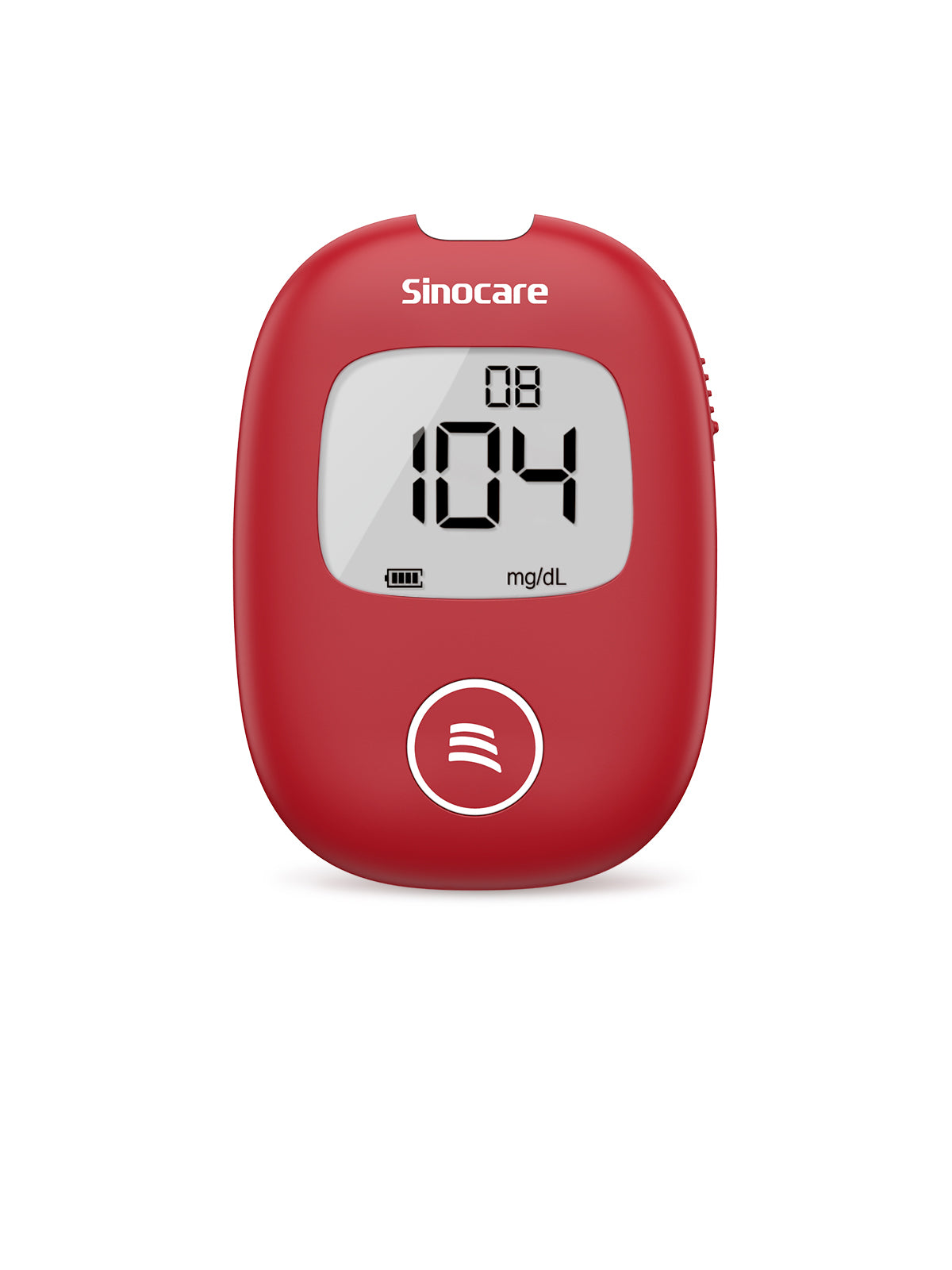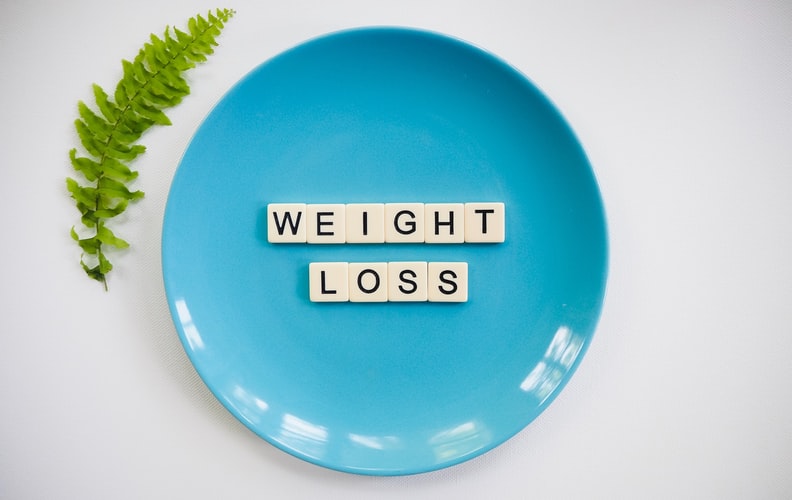This post is part of a Health Affairs Blog short series, "Stories of COVID-19." The series presents first-person accounts from patients and providers that highlight policy issues raised by the COVID-19 pandemic and response. For longer-form personal essays about health care, read our long-running Narrative Matters series in the journal.
Nine months ago, I was driving home from Philadelphia in tears. Everything seemed out of control - from the stupid argument I had with my husband that mourning to my doctor sending his unprepared physician assistant in lieu of himself. She told me my test result suggested cancer. I sat in the car crying. (The test result actually proved a suspected autoimmune condition). Then, I dropped my phone in a toilet at a rest stop on the way home. It was a bad day.
But what was at the root of my tears was not anything specific to that particular day. It was something that had been pressing down on me for years - my life is not in my control. My life is controlled by an illness.
I have had severe pain since I was 14. I was diagnosed with fibromyalgia when I was in my twenties. Three years ago, I received a new diagnosis: a chronic autoimmune condition that causes my white blood cells to attack my nerves. I always hurt, and I am always tired, regardless of how much time I spend in bed or how much I sleep. It is a fatigue that lives deep inside my muscles.
That drive home from Philadelphia actually became a turning point as I started to envision how to take back control. I decided to take a six-month medical leave from work, combined with physical therapy, regular yoga practice, and participation in a three-and-a-half-week comprehensive pain rehabilitation program at the Mayo Clinic. My first day of leave, March 1, felt like a huge relief as I knew that I would be spending six months focusing on my body. But two weeks later, the world had changed. My daughter’s school closed and all my plans for rehabilitation began to slip away.
In the middle of March, medical providers began shutting their doors to outpatient services. The Centers for Medicare and Medicaid Services (CMS) recommended triaging services based on urgency. Many places, such as the District of Columbia, where I live, went further by recommending a halt to all elective medical procedures and non-urgent outpatient visits to keep hospital beds open, reduce use of personal protective equipment (PPE), and to protect providers from exposure. Providers shifted from in-person appointments to telehealth services. But while the shift to telehealth enabled continued care for many, it failed many of us who still needed in-person services during the height of the pandemic, particularly those of us with chronic conditions.
Virtual Shortcomings
In mid-March, my neurologist let me know my follow-up appointments would be via telehealth for the foreseeable future. Being able to talk with him from my home was convenient, but the visits themselves lacked the comprehensiveness of in-person care. I was not able to focus well, sometimes distracted by a glitch in the telehealth system or the echo of hearing my own voice on a slight delay. I often forgot to mention something important as I felt rushed to end the somewhat uncomfortable interaction, even though I usually have great rapport with this doctor. Every person who is participating in Zoom calls for work and FaceTiming with grandparents knows that it is not the same experience as being in a room with that person. Why would telehealth be different?
I have piriformis syndrome, which I had planned to begin addressing through physical therapy before going to the Mayo Clinic. My physical therapy (PT) appointments would have been laughable if I did not have such a serious need. In PT, we expect and need physical contact between patient and provider to receive the benefits of the exercises. This is nearly impossible to do via telehealth with an iPad propped up on a stand. And, because my therapist was on a rolling furlough, I only had appointments every three weeks.
When I got a phone call from a rheumatologist's office cancelling my appointment, I discovered providers weren't seeing new patients. I can live with my hand pain, but I wondered about the people who were showing signs of lupus or rheumatoid arthritis, scared by confusing symptoms and unable to see a doctor even by telehealth.
Finally, there was the day I was dreading, when I learned that the Mayo Clinic was effectively stopping outpatient services for at least eight weeks and I learned the pain rehabilitation program was closed for the foreseeable future. I saw this coming, and yet knowing for certain felt like I had my control ripped away from me.
Care For Chronic Diseases Is Essential Care
As my medical care options were taken way, I couldn't help but wonder if blanket recommendations delaying non-essential care during the height of the pandemic went too far. Patients were forgoing care for serious chronic diseases such as heart disease, and surgeries to remove cancer were being delayed. Patients need their chronic diseases treated to prevent complications. We need our pain treated so that we can have some functionality and quality of life.
I've had severe pain since I was a teenager. I go weeks with half my body feeling as if it has a sunburn just under the skin. I sometimes look down at my hands, half expecting to see the claws of a vulture because the pain running along the bone is so intense it forces my fingers to curl in. Do you know that feeling in your feet from dancing in four-inch heels? That's the pain I have after cooking dinner. When my hip flares it feels like somebody is slicing the muscle from my bone with a burning hot knife. That’s just some of the pain that ravishes my body.
When I asked my doctor, over the telephone, if I could get a nerve block, she hesitated. I told her what the pain felt like, as vividly as I could describe it. She responded that "it's just not worth the risk." Over the phone, she couldn't touch me and feel my body flinch away. She couldn’t see the tears forming in my eyes.
We are about seven months into the pandemic, and health providers are gradually reopening in-person medical services. My neurologist has started minimal in-person visits, although most visits remain virtual. My physical therapy provider has opened in-person visits. The rheumatologist is seeing new patients, and I will be going to the Mayo Clinic for treatment in a couple of months. But what happens if the numbers of COVID-19 infections rise significantly? Does medical care for chronic conditions get shut down again?
None of us have ever experienced a health event such as COVID-19. Our health care providers and policy makers are struggling to protect us while providing people with urgent medical care. But who decides what care is urgent? Different providers and different states are making different decisions about what care is provided, often leaving people with chronic illness and chronic pain behind. Chronic diseases, such as heart disease and diabetes, are among the leading causes of death in the US, and access to regular health care is necessary to manage these conditions and prevent acute medical events, such as emergency department visits for uncontrolled diabetes. Additionally, chronic pain changes the brain, and those with untreated chronic pain are more likely to have depression and suicidal ideations. The Centers for Disease Control and Prevention estimates that 8 percent of the population has "high-impact" chronic pain; I am part of this population. The pandemic effectively cut off people such as me from their medical care.
Something has to change. While all in-person medical care for chronic illness cannot continue during a pandemic, there is a level of urgent care that is essential to people living with chronic illness and chronic pain, and it must be treated as such. CMS and the states need to work with providers to safely keep open more outpatient services and elective surgeries. One necessary step is an increase in PPE to a vast array of medical providers so they can safely provide care. Another is a broadening of the definition of essential care to provide care essential to those with chronic conditions. When we do have a second bump of COVID-19 infections, there needs to be a plan to allow us access to health care. We can’t be locked out again.
Original Rescourse:Stories Of COVID-19: Chronic Disease Care Is Essential Care | Health Affairs










Leave a comment
All comments are moderated before being published.
This site is protected by hCaptcha and the hCaptcha Privacy Policy and Terms of Service apply.